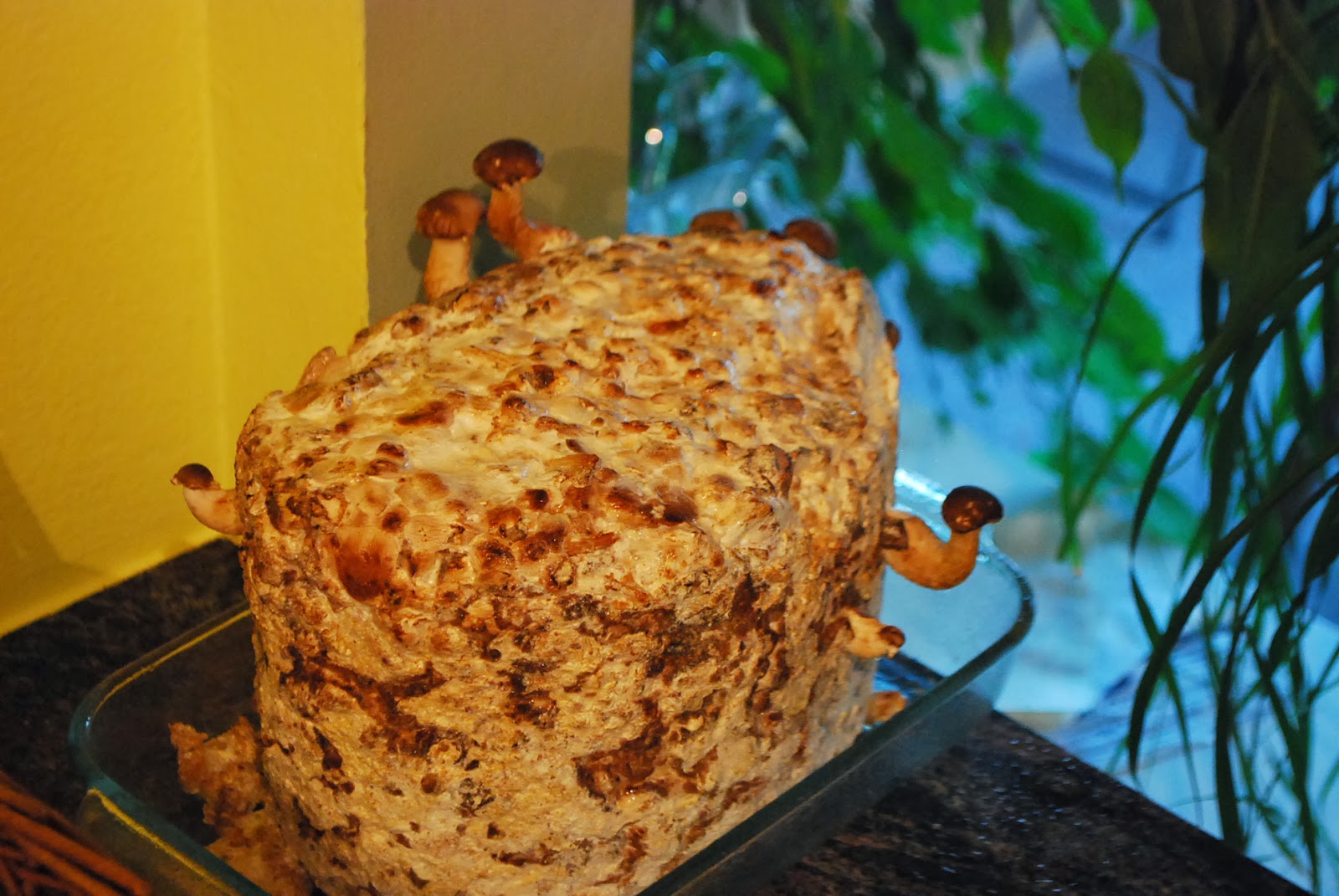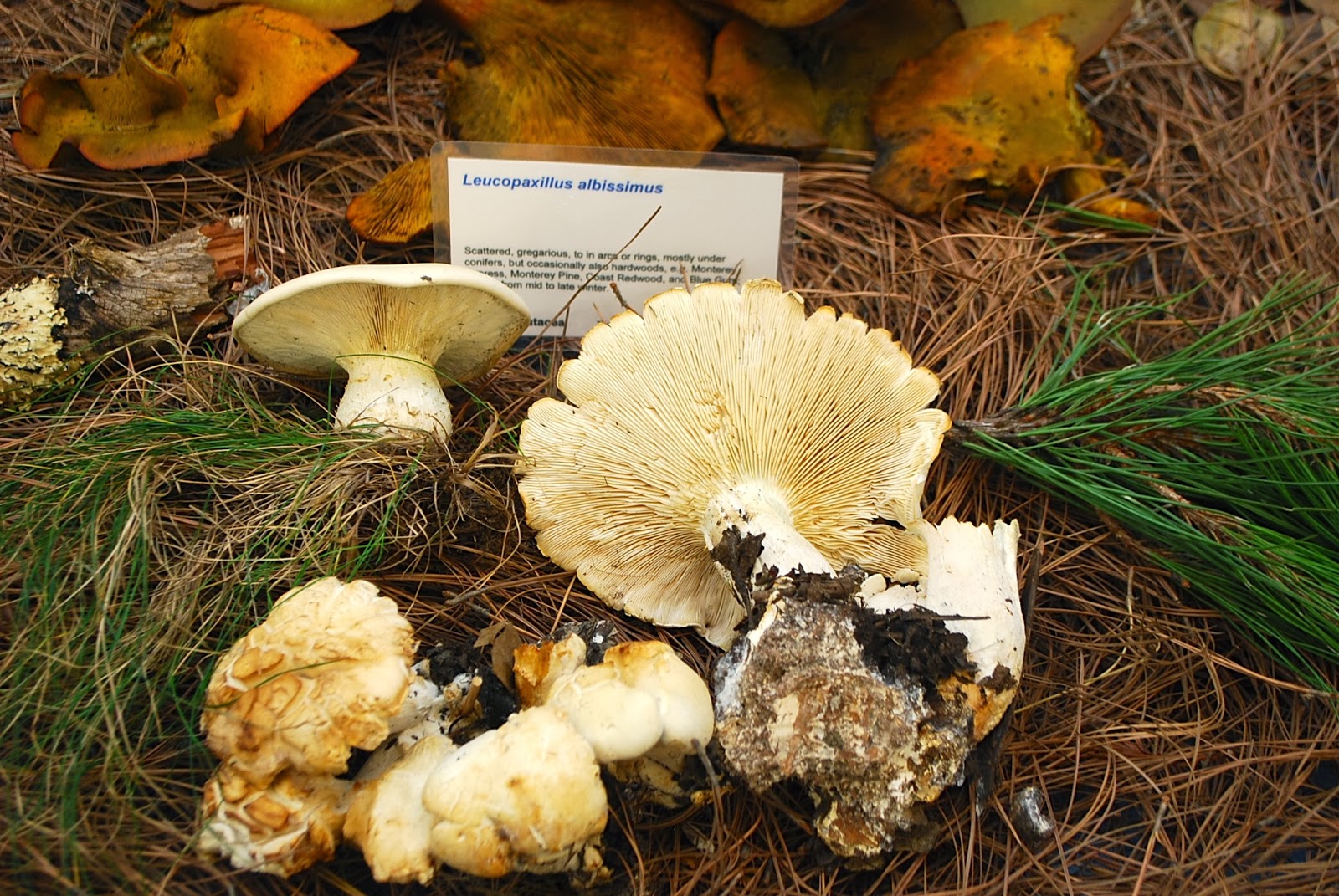Until recently, the Phylum Glomeromycota were considered to be part of the Phylum Zygomycetes. However, studies of rRNA sequences show that the glomeromycetes form a separate monophyletic clade. Glomeromycetes have coenocytic and reproduce asexually through spores, with spore clusters (sporocarps) being found near plant roots.
This group is extremely important ecologically, as nearly all of them form arbuscular mycorrhizae with the roots of seed plants or the thalli of bryophytes.
The arbuscular mycorrhizal species are terrestrial and widely distributed in soils worldwide where they form symbioses with the roots of the majority of plant species (>80%). Almost 90 percent of land plant species have arbuscular mycorrhizal associations.
They can also be found in wetlands, including salt-marshes, and associated with epiphytic plants.
One species (Geosiphon pyriformis) is even known to form an association with Nostoc, a cyanobacterium.
Evidence indicates that nearly all glomeromycetes are obligate biotrophs, meaning they depend for both carbon and energy on their association with plants.
This symbiotic association is at least 400 million years old. Molecular clock studies attempting to date its origin place the date between 462 and 353 million years ago.
This age provides further evidence that the micorrhizal association was vital in the colonization of land by plants. Recent evidence also indicates that a few glomeromycete species may be able to live independently.




















































































